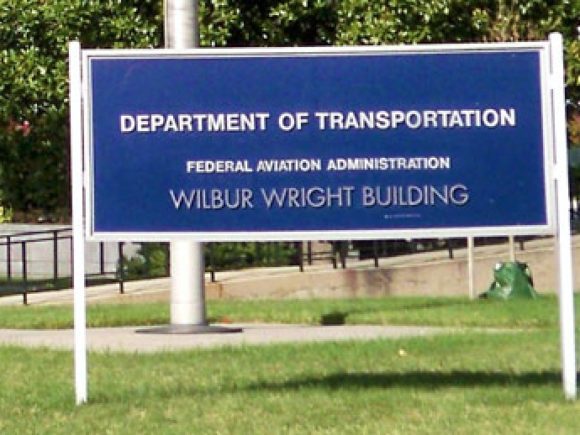AirInsight is pleased to announce the publication of our latest report.  The report consists of over 80 pages and reviews the market as well as the primary airplanes in the segment; A319 (ceo & neo), 737-700 and -7 MAX), E-190 and E-195, SSJ, CRJ-1000 and CSeries. Five OEMs offer seven aircraft and 16 sub-types in the 100-149 seat market segment.
The report consists of over 80 pages and reviews the market as well as the primary airplanes in the segment; A319 (ceo & neo), 737-700 and -7 MAX), E-190 and E-195, SSJ, CRJ-1000 and CSeries. Five OEMs offer seven aircraft and 16 sub-types in the 100-149 seat market segment.
Given the general assessment that incumbents (read Airbus and Boeing) have historically a lock on the market, we also undertook a cost benefit analysis on switching to a new type. (The news that Allegiant is moving from the MD-80 to the A319 was conveniently announced this week) The costs are not as insurmountable as one initially might think.
Many aerospace analysts, and some consultants, contend the 100-149 seat market is the “Bermuda Triangle” for airplane manufacturers. We disagree. True, it has been the wrong market for some OEMs and for some airplanes. When OEMs have tried to fill this market demand with shrinks, usually it doesn’t work, or work efficiently . When weak and dying OEMs (such as McDonnell Douglas, Fokker and British Aerospace) try to fill this market segment with solutions, it doesn’t work. It is an unforgiving market segment.
But Embraer currently is the market leader in the lower end of this market segment with the 100-122 seat E-190 and E-195. Analysts and observers completely overlook Embraer when discussing the so-called “Bermuda Triangle.” Sukhoi’s SSJ100 has a respectable start (albeit 47% of the sales are to the captive Russian market), also at the low end. Bombardier’s CSeries, despite the perception and mis-comparisons to the contrary, is tracking where it should be for sales at this point in time. Airbus and Boeing no longer command the lead in this market segment, now offering heavy airplanes that are no longer economically optimal for the routes served by 100-149 seat aircraft.
We conclude that the market segment is viable, if now a niche, but one that with a potential for more than 5,000 aircraft in 20 years is hardly a Bermuda Triangle.
Buy ($2,500)





It has often seemed to me that this was a segment more suited for OEMs going up in the world. That is, a manufacturer with an established record in the sub-100 seats market can more easily extend and develop its engineering expertise to go up a step than can an OEM much more versed in larger aircraft, who likely will be very tempted (if not also so required by internal bean counters) to retain as much commonality as possible with previous or existing designs.
So, in the case of, for example, the cited BAe — a rationalisation of several UK airframers — it might have been more successful for the (initially government supported) 146 quad RJ to have been developed from the experience and scale of the Avro 748 regional turboprop (or arguably the BAC One-Eleven, even) than from that of the Trident and Comet jetliners (the strength and solidarity of the ‘de Havilland mafia’ notwithstanding…). That would more truly have put BAe in a Bombardier/Embraer situation. Of course, philosophical considerations such as the number of engines and an aspiration to provide widebody-standard seating in an aircraft initially designed for 80-100 passengers can be debated.
Whatever the history of the OEM, marketing and sales of the resultant design also must be appropriate to a demand upon which not all manufacturers perhaps will agree. As William Stout pointed out very many years ago, a commercial aircraft must simultaneously support itself both above the ground and below the line, that is both aerodynamically and commercially. So for clean-sheet designs one might prefer to back very successful regional-aircraft manufacturers than the big boys; if valid, one might then to apply such thinking to other market segments. Accordingly, in the early/mid-1970s, would you back Boeing’s 747 design team gearing down to a tri-jet, or Lockheed and Douglas shifting up? Discuss.